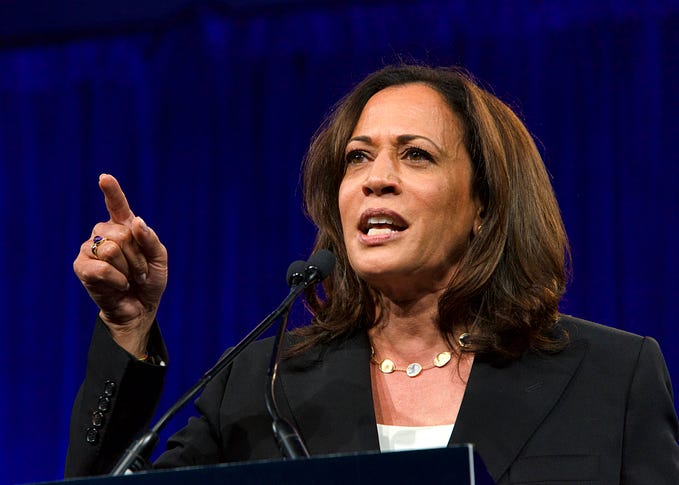A Presidential Science Advisor for the 21st-Century: Time to Add Some Color and Life

Joe Biden will seek to restore the place of science in policymaking. Science leadership will need to be reshaped to achieve this result.
Thus, the incoming president should nominate someone to head the White House science office who has a background in the life sciences and is also a woman or a person of color.
President-elect Biden has launched the transition process for his incoming administration. Top spots in the White House will need to be filled including the director of the Office of Science and Technology (OSTP), tasked with keeping the president up to speed on cutting-edge issues of the day.
Indeed, this range of issues spans not only science and technology, but national security, international affairs, and the environment as well. Yet, all the former heads of OSTP except one have been physicists by training. In the past this might have been understandable. When OSTP was created in 1976 the U.S. was dealing with the cold war and facing an international oil crisis. Having a physicist advise the president on nuclear security and energy matters made sense given these circumstances.
Two decades into the twenty-first century, our national priorities have drastically changed. Much of our long-term security and economic prosperity now hinges on addressing matters that directly affect human health and the natural systems upon which the world economy depends. This list includes pandemics, climate change, resource depletion and an unprecedented loss of species. COVID-19 is a grim reminder of the global price of neglect on such matters.
A first-class science advisor with a background in life sciences would be the perfect choice to lead the federal effort in these areas. The choice would make history too. After President Trump left this position vacant for nearly two years, he eventually selected as director Dr. Kelvin Droegemeier, a meteorologist with a background in earth sciences. This was a break with the past monopoly that physicists has held on this slot, but expertise in the life sciences — such as biology, botany, zoology, and marine studies — would add an even greater appreciation for the importance of living systems and organisms in handling contemporary problems.
Last century, physics was a field dominated by white men, so it is not surprising that all of the former heads of OSTP have also shared those characteristics. No doubt, these past directors compose a roster of the scientific leaders of the day, such as Dr. Frank Press and Dr. D. Allan Bromley. And some women have already capably headed OSTP on an acting basis. But neither a woman nor a person of color ever has been nominated to fill the position permanently. The challenges we face are too significant to leave any of our talent on the sideline this way.
Despite recent gains in employment in science and engineering positions, women and minorities continue to lag in their share of workforce representation in these fields. For example, according to the National Science Foundation women were more than half the college-educated workforce in 2017 but had fewer than a third of the science and engineering jobs. Similarly, minorities were 17 percent of the college-educated workforce but only 13 percent of those workers.
As vice president-elect, Kamala Harris has already spoken to the inspiration she hopes to be for others following in her footsteps. Placing a woman or a person of color at the helm of the White House science office would likewise send a powerful message of encouragement to these underrepresented groups by saying they have a place in helping to solve America’s scientific problems.
When I worked on Capitol Hill for a Republican and then later in the White House for a Democrat, there was a national consensus that we could make America stronger by developing its scientific and technological capacities. Unfortunately, since then there has been an erosion in the public’s trust in government to achieve common purposes and even in the belief by many in the validity of basic scientific facts. The Biden administration will be judged in part by its success in bringing back the country’s commitment to working together for the benefit for all and not just a few, and in the pursuit of truth over expediency.
The Biden-Harris team has a chance to do this by bringing into leadership positions groups that have been underrepresented for way too long. They should also consider the value of equipping the White House to better deal with the life science issues likely to define the coming decades for the nation. Selecting a director for OSTP with the right background for the age is a great place to start.








